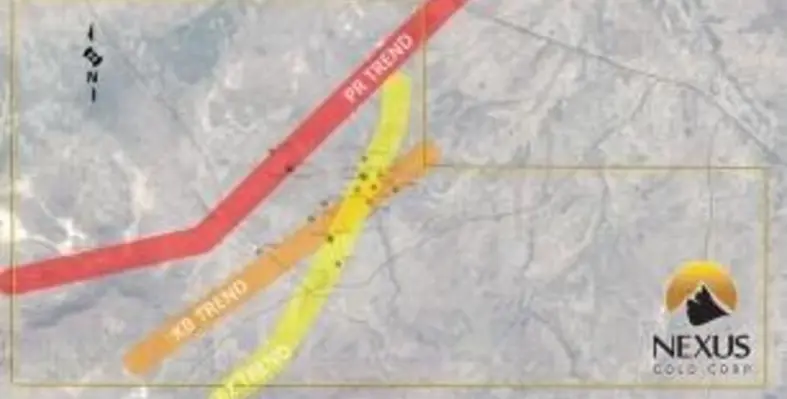Nexus Gold Corp. has reported that drilling has commenced at its 38-sq km Bouboulou gold concession. Bouboulou is located approximately 75 kilometres northwest of the capital Ouagadougou, on the Boromo-Goren greenstone belt, and is bisected by the Sabce shear zone
The 2000 metre phase one diamond drill program at Bouboulou will target previously identified mineralised zones at the property, namely Bouboulou 2, Pelatanga, and Rawema. In addition, the Company will test the Koala zone, where recent samples ran as high as 66 grams-per-tonne gold, and the newly identified Rawema West zone.
As reported on 6 June, Nexus Gold geologists have now determined the presence of a new mineralised zone at Bouboulou through the observance of increased artisanal activity, and the result of rock sampling taken from the newly observed area.
The new zone, named "Rawema West", occurs approximately 1000 metres west of the main workings at the previously identified Rawema site. The Artisanal workings extend some 150 metres in length and appear by observation to extend to depths of greater than 20 metres.
Company geologists collected seven select rock samples of dump material from the Rawema West workings. Of the seven samples collected there, four returned values greater than 1 g/t Au, including BBL-004 which returned 9.49 g/t Au.
The trend of the workings at Rawema West runs roughly parallel to the Pelatanga-Rawema (PR) [see map] trend that the company intends to test with its upcoming diamond drill program.
In 2011, Roxgold Inc completed reverse circulation (RC) and diamond drilling (DD) programs to test the four previously identified smineralied zones.
Nexus Gold has subsequently identified three distinct 5km long anomalous gold trends at the Bouboulou concession. Each of the three trends displays strong coincidental geochemical and geophysical gold anomalies, and extend from the four previously drill-identified mineralised zones, namely Rawema, Pelatanga, Bouboulou 2 and Koala. They are identified by numerous orpaillages and geochemical samples of greater than 1 g/t Au. All three of the Bouboulou trends display similar coincidental anomalies. Each trend has substantial artisanal workings either directly on them, or along trend.






